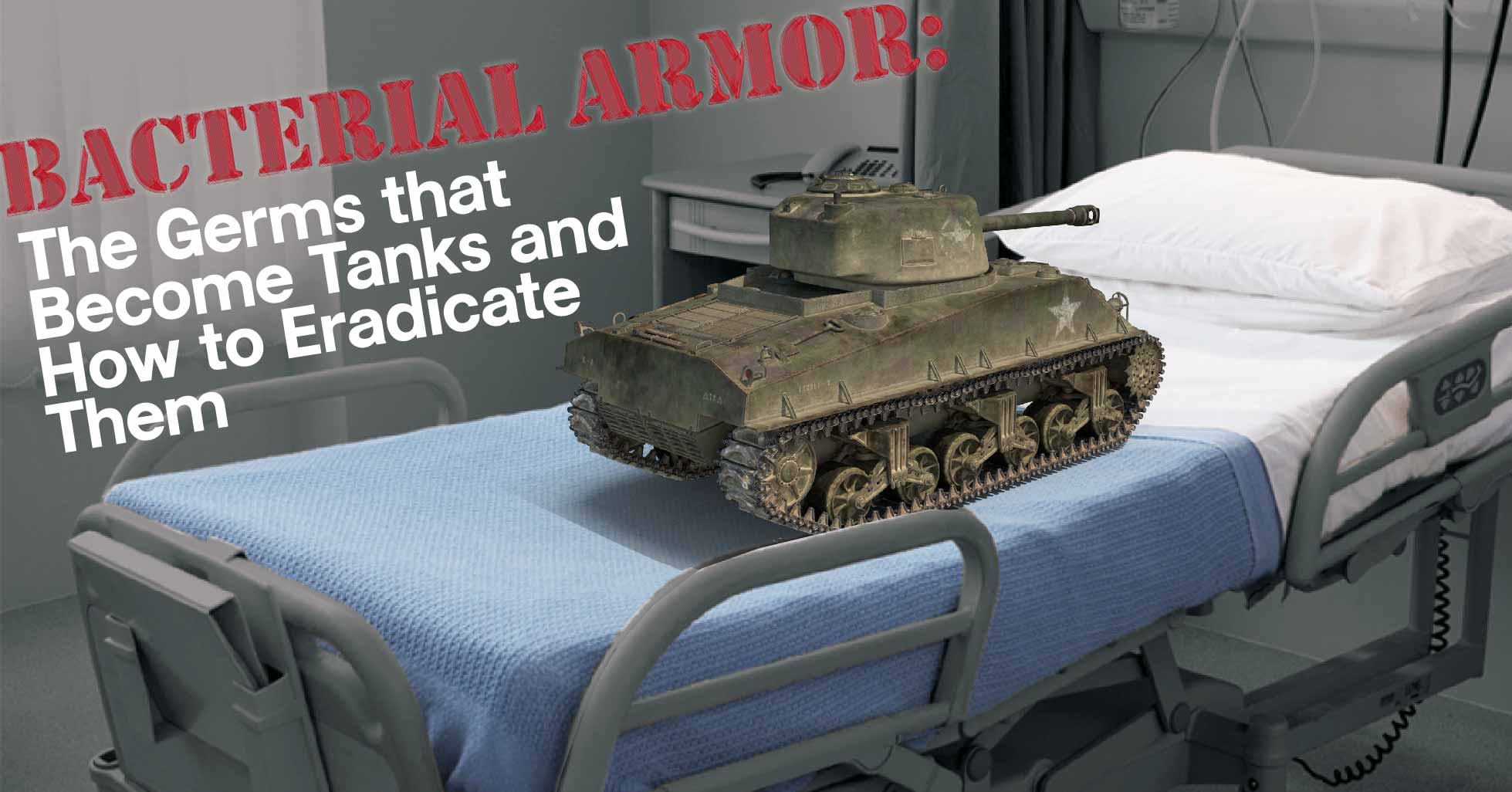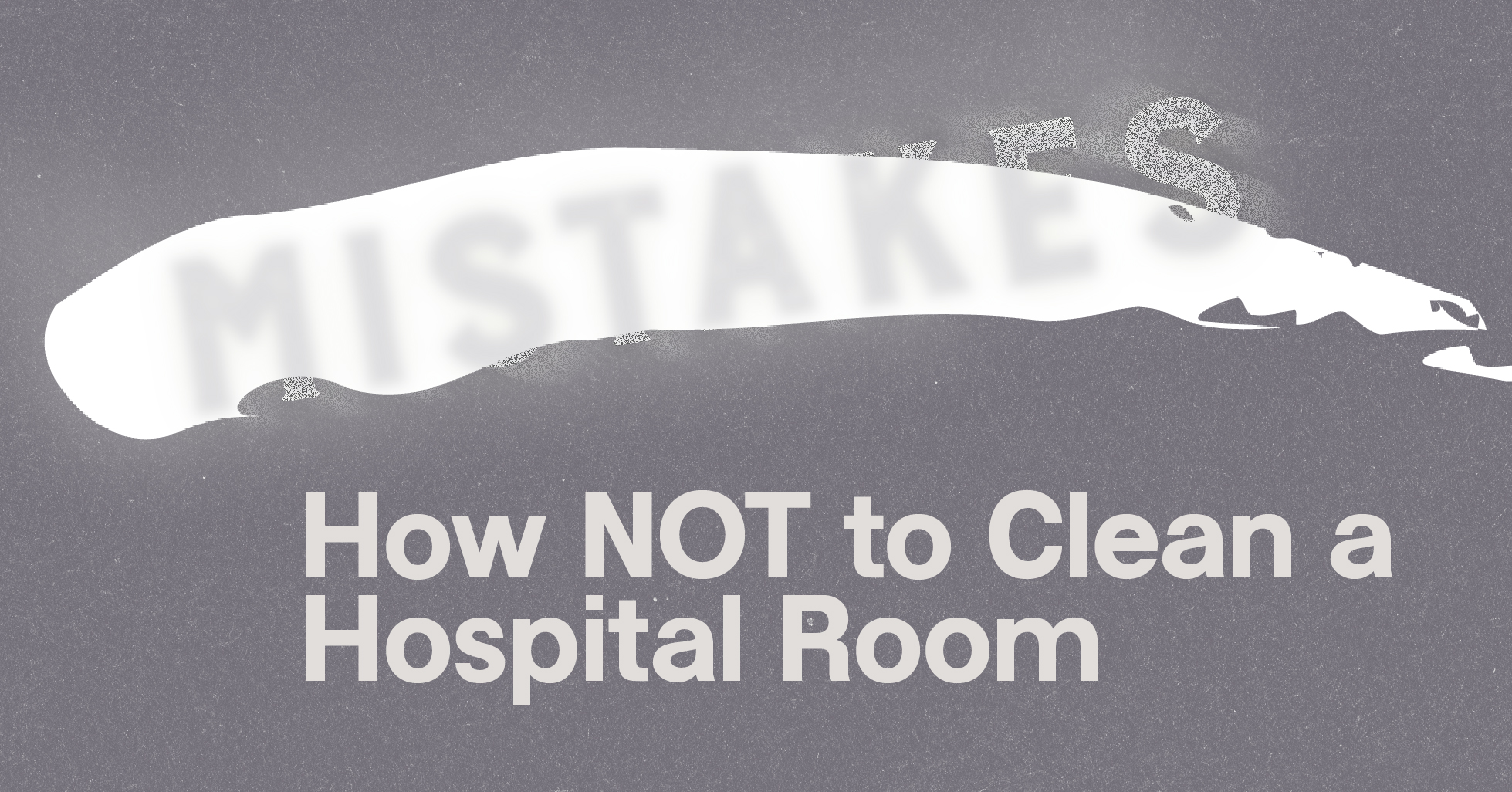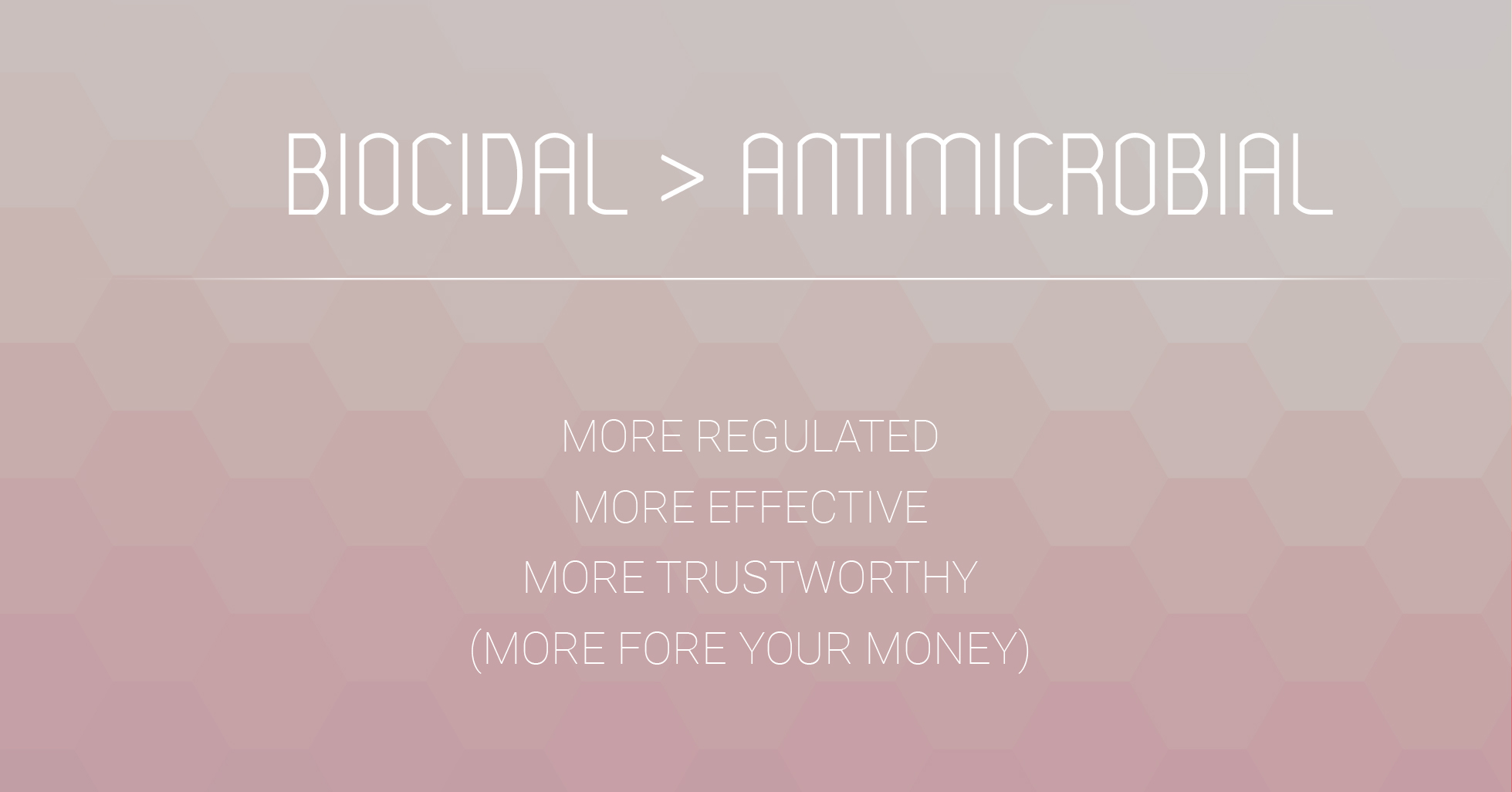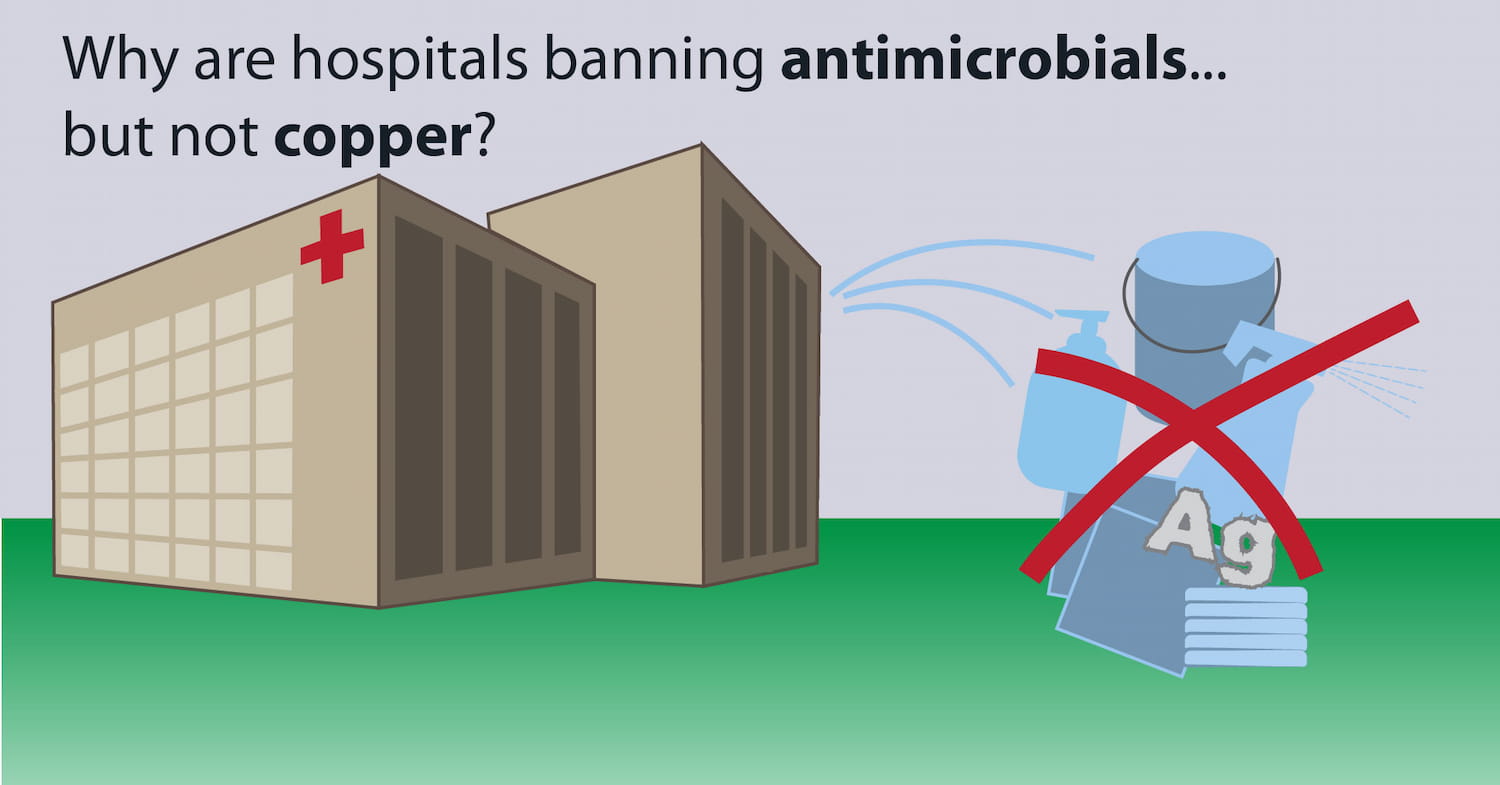Eradicating pathogens from environmental surfaces in hospitals is a daily fight. Keeping bacteria from reproducing on surfaces, finding reservoirs in hard-to-clean areas, and forming biofilms requires daily disinfection, and ideally, some form of continuous mitigation. In today's post, we will look at the threats posed by bacteria that are even more adept at surviving on surfaces: Spore-forming bacteria, and how hospitals are trying to keep these persistent pathogens from threatening their patients.
Bacterial Armor: The Germs that Become Tanks and How to Eradicate Them
by Erica Mitchell | July 10 2023
A surprising product recall this week might remind healthcare workers of a known risk in hospital infection control and prevention: The contamination of cleaning supplies with dangerous bacteria (Clorox Pinesol Recall 2022). While most laypeople may not know this is even a possibility, infection preventionists know that cleaning solutions and equipment must be properly maintained or else insidious bacteria will find a way to colonize it. This recall brings to mind the other cleaning errors that hospitals work to prevent. In today's post, we will explore the most common mistakes made in cleaning and disinfecting a hospital room.
We have often discussed the different terms used to describe products that clean the patient environment in this blog. Using the correct terms, and understanding their full definitions, is a critical first step in both writing and learning about the field of infection control and prevention. One term that comes up often as we talk to folks not directly involved in the field is the broad term "antimicrobial." In today's post, we will look at how this broad term covers a huge variety of products and efficacy against pathogens, and we will provide some examples to put this word in context.
The infection control landscape is difficult to navigate without an understanding of the key terms used by experts in the field. Some of these terms have found their way into every-day language, but often without the technical nuances that can make a big difference in a health care setting. Today we will start to demystify the terminology of infection control, starting with four "anti" terms.
A few years ago, the first rumblings were starting over the use, and possible overuse, of antimicrobials in interior furnishings and materials. As Medicare pressures made the need for improved infection control practices become urgent to every hospital, materials manufacturers from flooring to ceiling tiles began producing new lines of “antimicrobial” products. Everything from paint to carpet to caulk to privacy curtains suddenly were infused with chemicals purporting to give these materials antimicrobial properties. But as researchers began to look into the effect of these products, one thing became clear: There is little to no evidence that these chemical additives have a positive impact on infection, and may in fact present a risk to the health of hospitals staff and patients. But one type of product was singled out as specifically not being banned: The use of copper-infused materials. First, why are these hospitals banning antimicrobials? And second, why are they specifically not banning copper?






